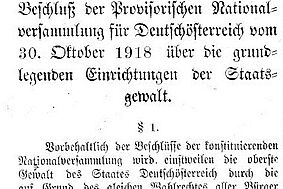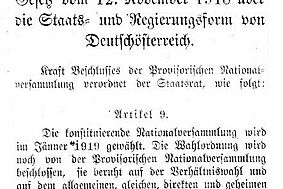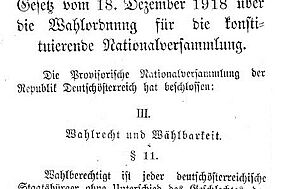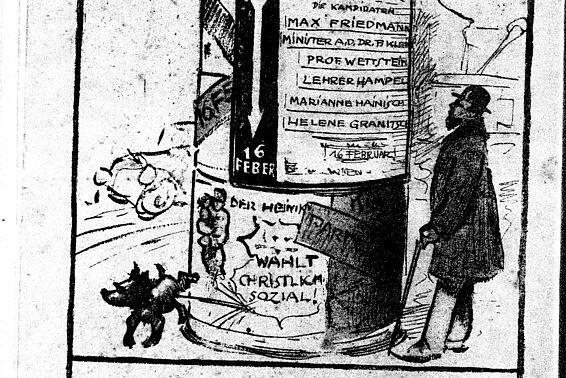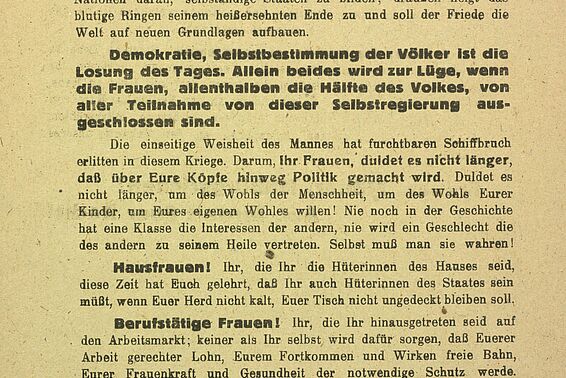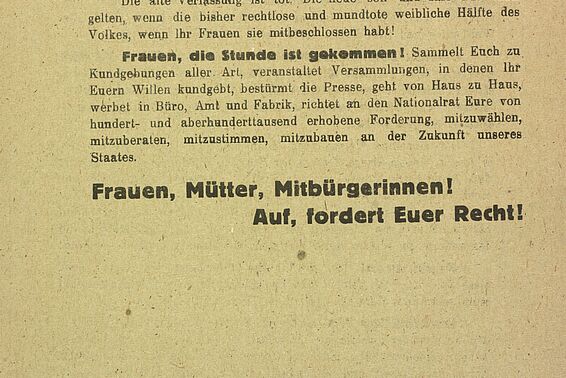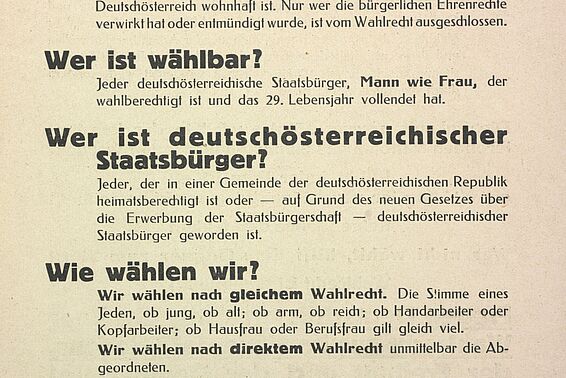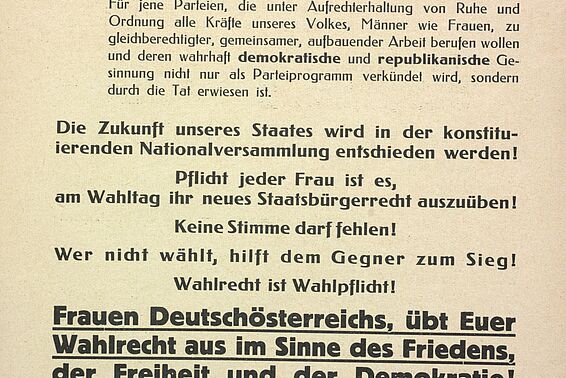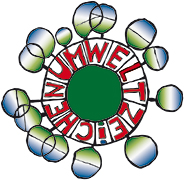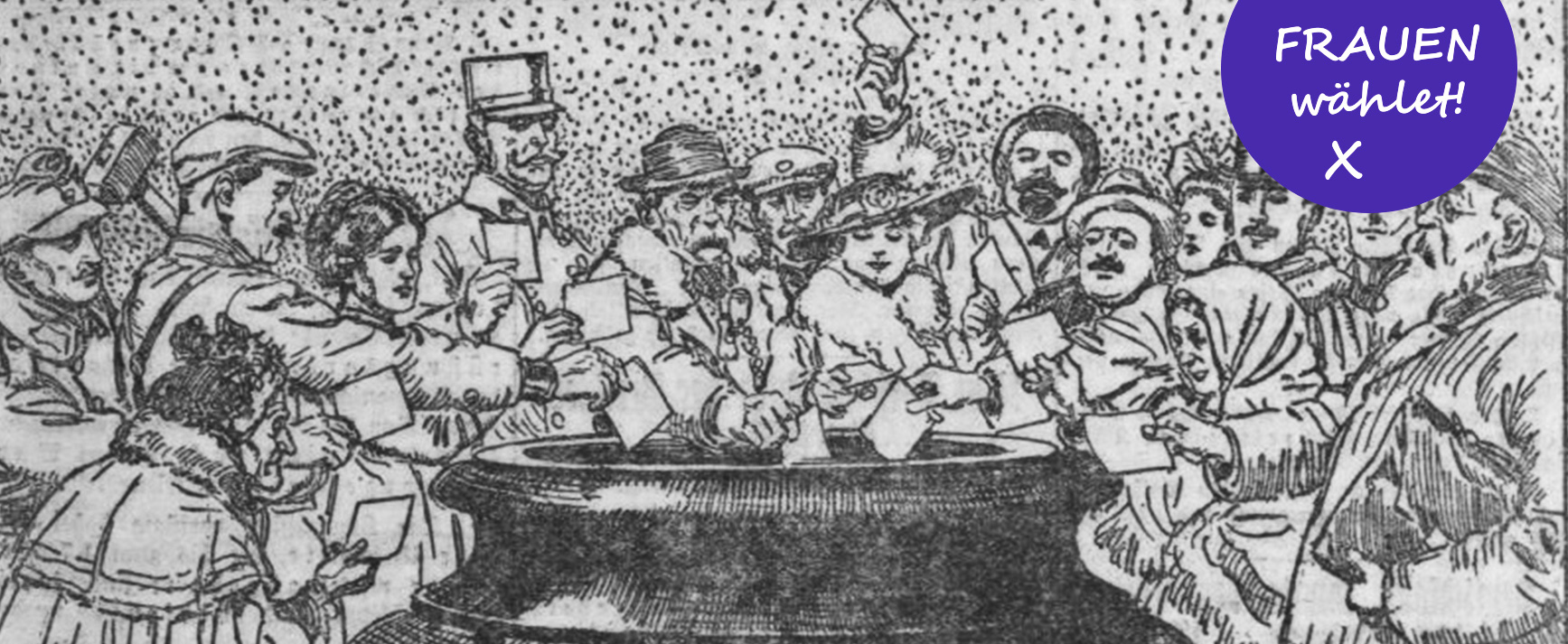
Women, use your vote!
Women had now become a decisive and as yet unknown factor in politics. As a result of the war, they made up more than half the electorate. At that stage, the parties could not judge their voting behaviour yet.
When the electoral rules were about to be drafted, there were protests from a few German nationalists. Previous opponents of women’s suffrage – male members of the Christian Social Party and German nationalist men – were afraid that “their” women would stay away from the polling stations. It was because they assumed that they would be less successful in mobilising the women close to them than the Social Democrats. This resulted in loud demands for compulsory voting, to force “non-political women” to vote. The Social Democrats opposed compulsory voting. As a compromise solution, the adoption of compulsory voting was left to the State legislation. Tyrol and Vorarlberg introduced it.
Social Democrats and German nationals proposed during the suffrage debate that women and men should have envelopes in different colours for their votes, to help assess women’s voting behaviour.
The all-party German-Austrian Association for Women’s Suffrage compiled general electoral information and organised information events to educate women politically. The Christian Social Party used a party-political election newspaper, “Frau und Volk” (Woman and People), to try to motivate liberal middle-class and Catholic women to vote, on moral and religious grounds. And in its own election newspaper “Die Wählerin” (The female Voter), which appeared regularly, the Social Democratic Workers Party informed women about their newly gained right to vote, reminding them of the big role that Social Democrats played in achieving democratic rights for women – in contrast to the Christian Socialists.

